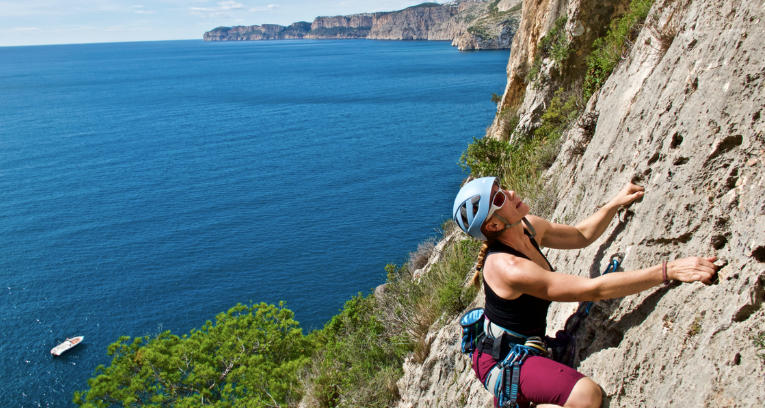Limestone climbing is a thrilling and unique form of rock climbing that draws enthusiasts to stunning locations around the globe. Known for its diverse features and interesting holds, limestone presents both challenges and rewards for climbers of all levels. Whether you are a seasoned pro or just starting out, understanding limestone climbing can enhance your experience and elevate your skills.
The Unique Features of Limestone
Limestone is a sedimentary rock formed from calcium carbonate, often found in breathtaking formations. One defining characteristic of limestone is its plethora of holds—think pockets, edges, and tufas. Tufa formations, in particular, are intriguing; these are deposits that create drippy and stalactite-like structures, which provide exciting climbing routes. The texture can vary significantly, making each climbing area a new adventure. As you navigate these features, you’ll need to adapt your techniques, which is part of the thrill.
Best Destinations for Limestone Climbing
Around the world, there are numerous top-notch limestone climbing destinations that offer a variety of routes. Notable spots include Ceuse in France, known for its steep cliffs and breathtaking views, and the stunning crags of Kalymnos in Greece, famous for its sunny weather and gorgeous scenery. In the United States, it’s hard to overlook the Red River Gorge in Kentucky, where climbers can explore a wide range of sport routes. Each of these locations offers not only excellent climbing but also a chance to soak in the beauty of nature. Be sure to research local climbing ethics and guidelines as some areas may have restrictions.
Tips for Climbing on Limestone
When climbing on limestone, focus on footwork and body positioning. The holds can be slippery or fragile, so precise foot placements are crucial for stability and safety. It’s also important to condition yourself for the demands of limestone climbing. Training your grip strength and practicing on similar rock types can improve your performance. Additionally, always check the weather conditions; limestone can be notoriously slick when wet. Familiarize yourself with the area and consider teaming up with locals who can offer valuable insights about the best routes and climbing conditions.
In conclusion, limestone climbing offers a rewarding experience filled with adventure and natural beauty. Whether you’re tackling challenging routes or enjoying a casual climb with friends, there’s always something new to discover. So, strap on your climbing shoes, explore your nearest limestone crag, and embrace the thrill of climbing on this captivating rock! Happy climbing!
